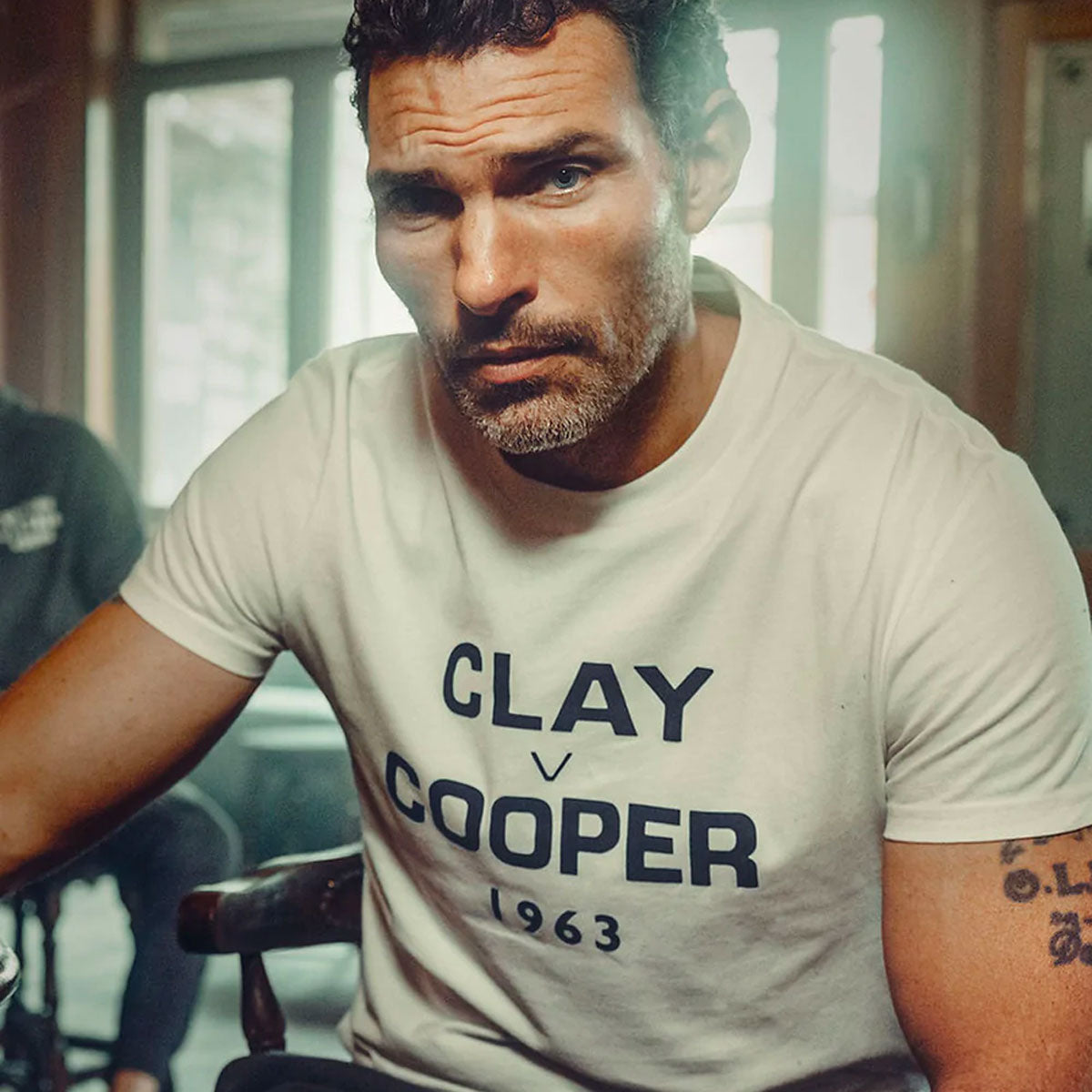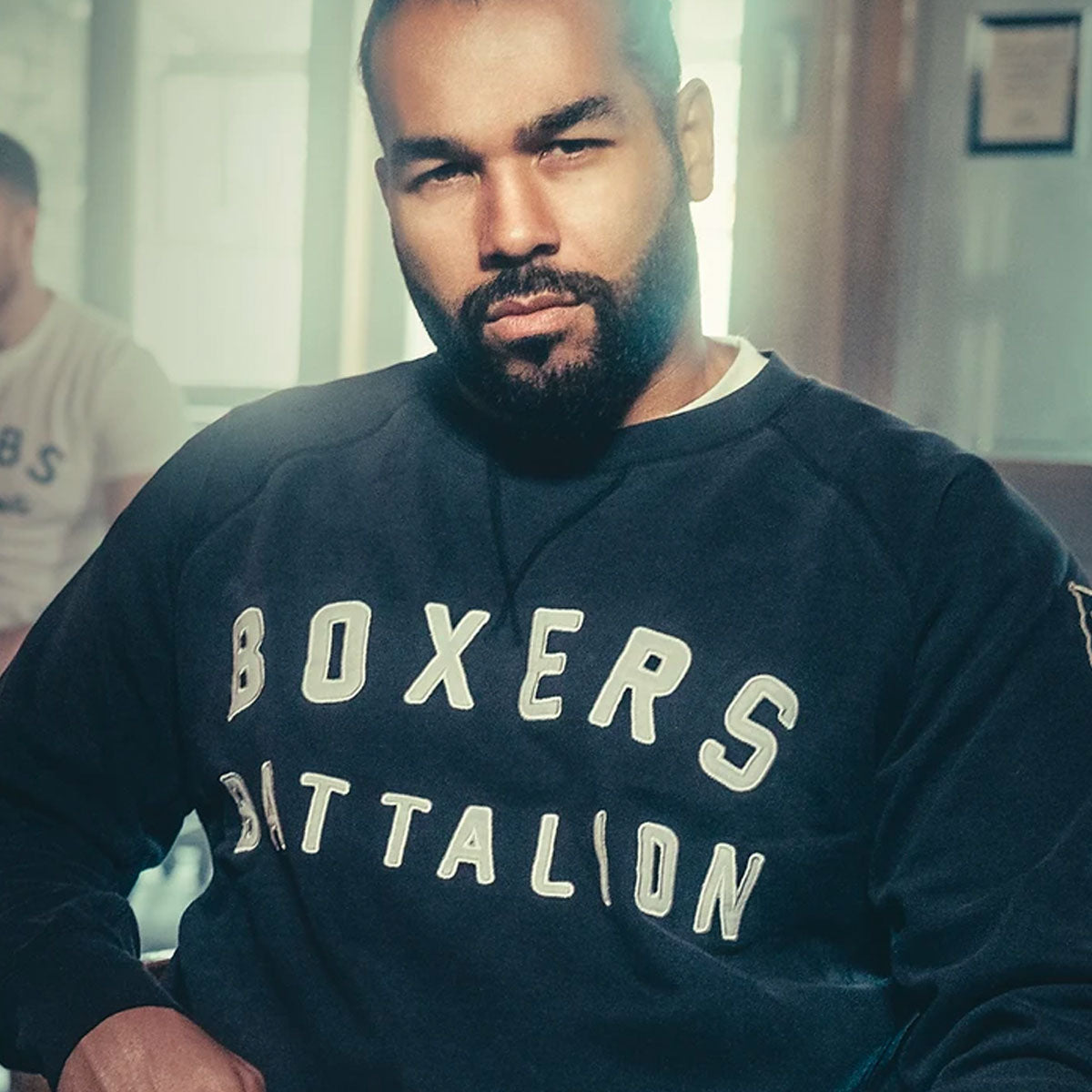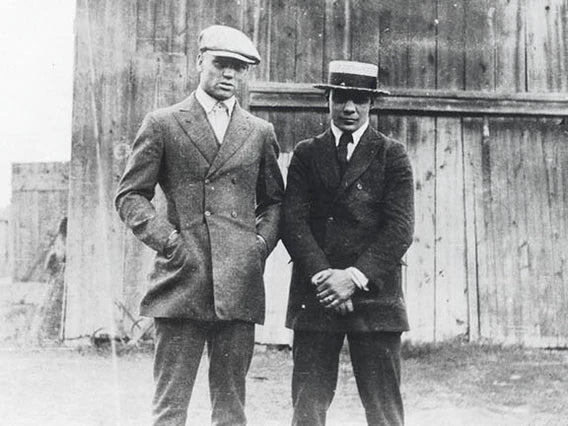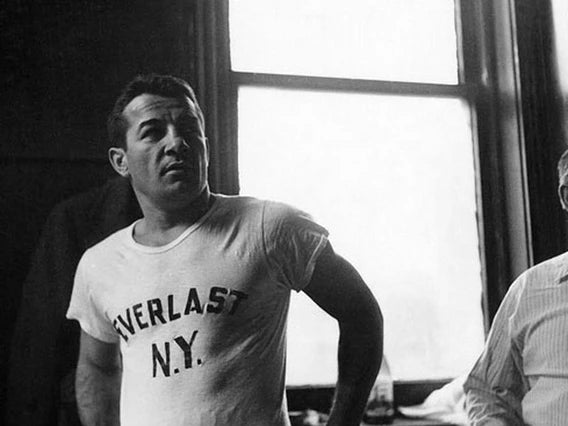By Paul Zanon
“Prizefighting ain’t the noblest of arts and I ain’t the noblest artist.”
Harry Greb
From welterweight to heavyweight, the 5ft 8inch orthodox Pennsylvanian was a ferociously fearless fighter with an insane punch volume, sensational footwork and turbo charged pace. Lacking a killer punch and often fighting larger men, if he didn’t get you with the first punch, the next one wasn’t far behind. However, if that didn’t work he ‘occasionally’ resorted to dirty tactics.
Born from parents of German origin, Edward Henry Greb came into this world on 6 June 1894, making his debut on 29 May 1913 at the Exhibition Hall, Pittsburgh. He was a few days shy of his nineteenth birthday and totally unaware it would be the first instalment of an epic 298 fights career. However, his first press review from the Pittsburgh Gazette Times was hardly Hagler versus Hearns. ‘Greb and Kirkwood opened the show with a somewhat clumsy but earnest bout. Greb had the best of it.’
Six months and seven fights in, on paper Greb’s resume hardly reflected the roadmap for a future great. He had won four, lost two (including a second round knockout to a vastly bigger Joe Chip), and drew one. However, take time to look into his first loss against Hookie Evans on 11 October 1913 and you’ll discover a glimmer of what was to come. The Pittsburgh Gazette Times gave the decision to Greb, whilst the Pittsburgh Press had it a draw. The latter remarked, ‘Harry Greb was sent in to be slaughtered by Evans, the veteran….. but fans voted it one of the best-ever bouts…… Greb was going strong, although outpointed.’ It’s also worth noting that Greb was only stopped twice in his career and both occurred within his first two years as a pro. The other occasion was against Kid Graves, when Greb broke his arm in the second round and was unable to come out for the third session.
In his forty seventh contest on 16 November 1915, Greb took on hard-hitting Minnesotan, Tommy Gibbons, in his backyard of Saint Paul. By now, Greb was boasting a record of 32-4-10, whereas Gibbons was unbeaten in his 20 outings (18-0-2). Gibbons won via Newspaper decision, which some contested was the result of a home bias. However, it’s worth noting that Gibbons, standing a little over six feet, towered above Greb and was an accomplished fighter. He would go on to mix it with the best throughout his 106 fight career, including notable victories over Georges Carpentier and Battling Levinsky for the light heavyweight world title. He went on to lock horns with Greb on four occasions in total, with each fighter walking away with two victories. Of his five losses throughout his career, Gibbons other three included Jack Dempsey, Gene Tunney and Billy Miske.

Greb sparring (early 1920's)
One fight of note in 1915 was a six round points victory against a certain Jack Blackburn on 25 January 1915 at Duquesne Gardens, Pittsburgh. Blackburn would go on to have an impressive 168 career, losing only 25, but it was his eight years as trainer to heavyweight legend Joe Louis that cemented his legacy in boxing folklore.
In 1917 Greb fought a further 37 times, including victories over Battling Levinsky, Jack Dillon and heavyweight Willie Meehan, who had beaten Jack Dempsey. Despite his 194 fight resume by the end of 1920 with notable scalps along the way, Greb was not granted a rite of passage to challenge for a world title.
Greb’s most memorable fight in 1921 was for all the wrong reasons, when he took on Kid Norfolk on 29 Aug 1921 at Forbes Field, Pittsburgh. Norfolk, a 112 fight veteran was the same height but weighed 18 lbs more than Greb (161lbs v 179lbs). Despite winning the fight, Greb lost something far more precious - his eye sight. A punch from Norfolk resulted in Greb suffering a detached retina. An injury that would progress into something far more somber. Incredibly Greb was back in the ring a week later, beating Chuck Wiggins over 10 rounds and two weeks later gaining a 12 round decision against Joe Cox. 
Greb vs. Tunney 1922
Incredibly, with only one eye fully functional, on 23 May 1922 at Madison Square Garden, New York, Greb pulled off his first most notable win over arguably the best light heavyweight of all time, Gene Tunney. Greb fractured Tunney’s nose in a number of places in the opening round and shortly after connected to open a sickening cut over Tunney’s left eye. The never ending stream of blood from Tunney’s face forced Greb on a number of occasions to compassionately turn to the referee to halt the contest. Tunney was having none of it and stuck out the 15 rounds, to the amazement of Greb and the disgust of the ring apron. This was Fight of The Year for Ring Magazine 1922, with Greb walking away the victor, inflicting the only loss on Tunney’s illustrious record.
The pair would go on to fight a further four times, with Tunney winning his title back two fights later on a highly debated split decision. However, by the fifth and final contest in 1925, Greb gracefully admitted Tunney had become a step to far. “You’ve become a helluva fighter, Gene. Tonight you hurt me more than I was ever hurt before and I’m lucky I was still around at the end of the 10 rounds. You’d stop me for sure next time. I’m satisfied to call it quits as far as fighting you is concerned.” To read more about the Tunney versus Greb battles, click here https://www.britishvintageboxing.com/post/the-fighting-marine
The only fight for Tunney to take at that point was against Jack Dempsey – a fighter Greb had great first hand knowledge of. During his early years, Greb had sparred some of the most fearsome fighters, including the Galveston Giant, Jack Johnson who claimed it was easier to hit his own shadow than hit Greb. The other fighter of note was The Manassa Mauler, Jack Dempsey, who he apparently not only humiliated and frustrated, but put an almighty beating on Dempsey each occasion they met. Dempsey was approached to defend his heavyweight title against Greb in May 1920, but he declined. When asked how Greb saw an eventual matchup of Tunney versus Dempsey panning out, he candidly replied, “I fought them both. Dempsey only in the gymnasium, but for the kill. Gene’s too smart for him. He’ll counter punch him silly. He’s tough as hell too and the best body puncher I ever fought.” Despite being the big underdog in that future matchup, to the shock of many, Greb predicted correctly. 
Jack Dempsey with Harry Greb
Back to 1922. A few weeks after the Tunney victory, Greb took on fellow Pennsylvanian Tommy Loughran, at Shibe Park. Despite standing almost four inches taller, Greb’s trademark fighting style won the day. The Pittsburgh Post commented. ‘Loughran, a great fighter, tried hard, fought well, and at times proved a capable foe and it was not until the fifth round that Greb really had an advantage. For five rounds, Loughran tied up Greb's body attack. Using a standup style, he cut Greb's left eye and worked him into some tough spots. But he tired in the last three rounds, and Greb mounted his windmill attack to earn victory.’ Over the next couple of years, the pair would fight six times in total. Greb would take four victories, Loughran one and the pair shared a draw.
Nine months after their first contest, Greb and Tunney met again at Madison Square Garden. Despite having fought 12 times since their last outing and being vastly outweighed again, Greb looked the fresher of the two. Fortunately for Tunney, he had a rub of the green gaining a points victory over 15 rounds. Of the 23 journalists sitting ringside, 19 believed Greb should have retained his title.
Not one to hand around and lick his wounds, after smashing Len Rowlands in three rounds, on 31 August 1923, Greb in his 236th contest took on the reigning world middleweight champion Johnny Wilson, at the Polo Grounds, New York. In a change to Greb’s normal script, he chose to slow his pace and use his boxing skills to gain a convincing points victory. Although not a trademark win for tornado tough Greb, it earned him that all important place in history as world champion. Despite granting Wilson a rematch five months later in a much closer contest, the New Yorker was unsuccessful in regaining his title.
On 2 July 1925, Greb fought the reigning welterweight champion Mickey Walker at the Polo Grounds, New York. Walker, was similar to Greb in many ways, in so much as he was roughly his height, fought at an intense pace, spent most of his career fighting men much bigger than himself and having great success in doing so. At the time of their contest, Walker had won 71 of his 85 contests, with Greb now boasting a 276 fight resume with only 16 losses.
The fight was one for the ages. Such a shame there is no footage as it seemed to be a veritable barnburner. Walker came out with a nonstop attack on Greb’s body in the early rounds and some beautiful combinations according to sources ringside. However, as the rounds progressed, Greb gained traction and then took control in the championship rounds, suffocating Walker with a barrage of punches to win the contest with a unanimous points decision. The New York Herald Tribune commented, “The second round was sensational, one of the greatest of all time. In the 14th round, Walker was hammered all over the ring after being staggered by a right to the jaw.” Legend has it the pair bumped into each other in a bar later that day. Both nicely oiled with alcohol they proceeded to action an informal rematch. Folklore has a number of endings as to how the bar room brawl ended, with both fighters victorious.
After winning a further 16 fights over the next seven months, Tiger Flowers challenged Greb for his middleweight crown on 26 February 1926 at Madison Square Garden. Despite being blind in one eye and ripe for retirement, Greb gave a good account of himself and lost a highly debated split decision against the Georgia born fighter. Six months and three fights later, Greb had his swansong against Flowers attempting to regain his crown, but once again was served an injustice with an unjust split decision. After 13 years, 298 fights and a long list of injuries, Greb gracefully bowed out from the prizefighting ring, commenting, “Well that was one fight I won if I ever won any.”
Greb’s intention in retirement was to open a gym and remain dedicated to the sport he loved. A few weeks after his last fight, Greb underwent a procedure to remove his right eye, which in turn was replaced with a glass prosthesis. He also needed surgery on his upper respiratory tract, which included his nasal passages as breathing had become an issue through boxing and his mad passion for racing and crashing his cars. Unfortunately and very sadly, only two months after his last fight as a professional boxer, on 22 October 1926, Harry Greb passed away from complications from surgery. He was only 32 years old. His old foe and now good friend, Gene Tunney, was one of the pallbearers at Greb’s funeral. He was buried at Calvary Cemetery, in his beloved hometown of Pittsburgh.
Despite having the reputation of a womaniser, heavy drinker and party goer, Greb was a devout family man. In 1917 he married his childhood sweetheart, Mildred Riley and the year after they had a daughter, Dorothy. In a sad twist of fate, Mildred, only 21 at the time died from tuberculosis in 1920. Greb was left deeply distraught. With Dorothy’s parents both perishing young, she ended up being raised by Greb’s sister. In the coming years she went on to have children herself, naming her son, Harry Greb Wohlfarth. Dorothy passed away in 2001 aged 81 and Greb’s grandson Harry died in 2011 aged 70.
In total, Harry Greb faced 16 Hall of Famers during his 13 year career. He was inducted into the International Boxing Hall of Fame in 1990 and Ring Magazine’s illustrious editor-in-chief Nat Fleischer ranked him as the third best middleweight of all time. The Pittsburgh Windwill was an enigma, a handful in any era and without a doubt ranks in the best pound for pound fighters of all time. Incredibly, after almost 300 professional contests no footage exists of the man in action.
Paul Zanon, has had 11 books published, with almost all of them reaching the No1 Bestselling spot in their respective categories on Amazon. He has co-hosted boxing shows on Talk Sport, been a pundit on London Live, Boxnation and has contributed to a number of boxing publications, including, Boxing Monthly, The Ring, Daily Sport, Boxing News, Boxing Social, amongst other publications.






